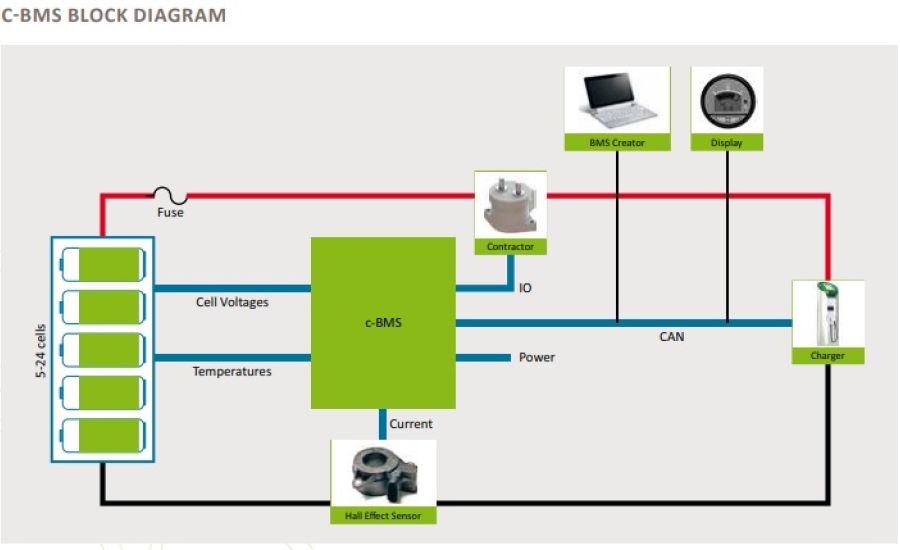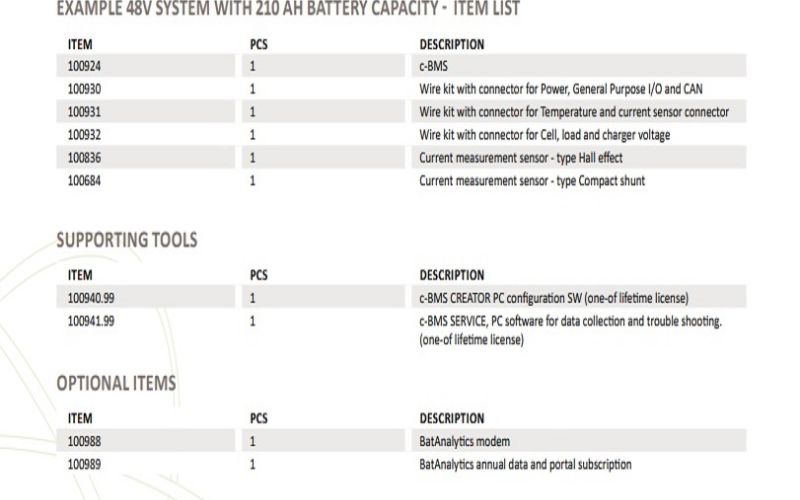c-BMS in a light electric vehicle (LEV)
The demand for high-quality, safe and yet compact and cost efficient BMS for the increasing 48-72V L-EV market, continue to grow rapidly. With the new c-BMS from Lithium Balance, the battery engineers will get even better opportunities to meet the demands.
The application note will summarize the key benefits of the c-BMS and how it can be applied into a typical Light Electric Vehicle (L-EV) application.
Key benefits of the c-BMS in a 48V golf car:

- The c-BMS is extremely compact in size (150 x 70 mm) and therefore easy to install in any L-EV.
- As a product designed for ISO26262 compliance and with ASIL C rating for all safety critical circuits; Power Supply, Cell voltage, Pack temperature and Pack current, the c-BMS is an extremely cost efficient, 24 channel BMS.
- The c-BMS, with a compact and cost efficient design, will further improve the cost/benefit of replacing L/A batteries with Lithium batteries in L-EV’s and therefore contribute in bringing safer L-EV’s with higher range and performance into the market place.
- In particular Golf vehicles, that often operate in high temperatures, the c-BMS, with its high accuracy on cell voltage, temperature, is highly appreciated.
- The sophisticated balancing algorithm of c-BMS is also contributing to a fast and efficient balancing of cells.
- The fast and easy configuration of the c-BMS through the c-BMS Creator allow fast integration in the vehicle and thus rapid prototyping. c-BMS Creator PC software, allows a fast integration of the battery and BMS into the vehicle.
Step-by-step application of the c-BMS battery management system
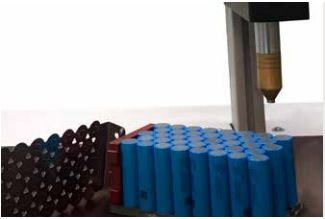
Step 1
The first step in the application of c-BMS is to ensure a safe mechanical battery construction. In this specific case a fingercell battery construction is made.
The fingercells are welded in a plazma welding machine.
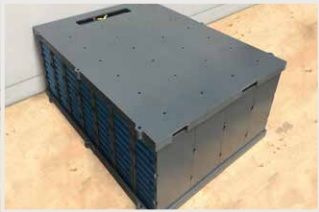
Step 2
The battery box for the Golf car is configured as a 14p96s bringing the entire system to a 48V/210 Ah battery.
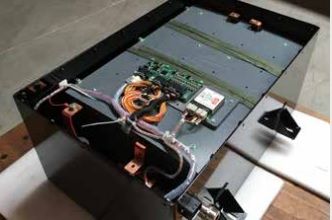
Step 3
The c-BMS is mounted on top of the battery box. The c-BMS wire kit with connectors consist of:
- 100930: Power, General Purpose I/O and CAN
- 100931: Temperature and current sensor
- 100932: Cell, load and charger voltage
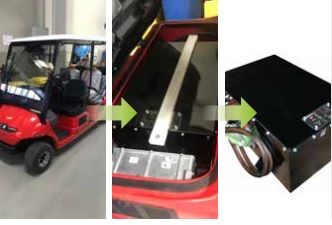
Step 4
The finished battery is securely positioned under the driverseat in the Golfcar, providing optimal balance and easy access for service.
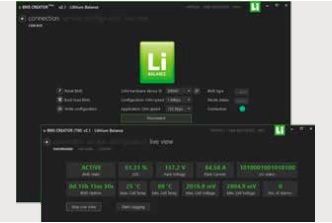
Step 5
The c-BMS is configured for optimal performance through CAN UDS or with Lithium Balance proprietry c-BMS Creator. The c-BMS Creator is a PC toolbox, that will allow the battery engineer to design a unique battery, which is specifically optimized for the application performance and the battery cell chemistry chosen for the application.
- Optional: Connect display/SOC indicator to c-BMS
- Optional: Connect to BatAnalytics datalogger and on-line battery data bank server.
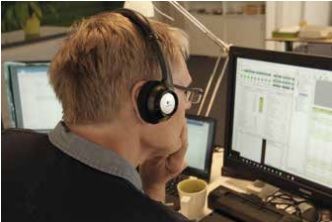
Step 6
The following considerations should be taken, where Lithium Balance application engineers can support:
- Configuration of c-BMS to ensure correct cell setting, I/O, charge/discharge compensation.
- SOC optimization and of course safety regulations incl. charger set-up.
- Battery configuration including Power Disconnect unit electrical design.
- Battery cost calculation incl. weight estimation, size, cell configuration.
- End-user TCO analysis consultancy to ensure correct parameters for calculation of cost/benefits between L/A and Lithium.
